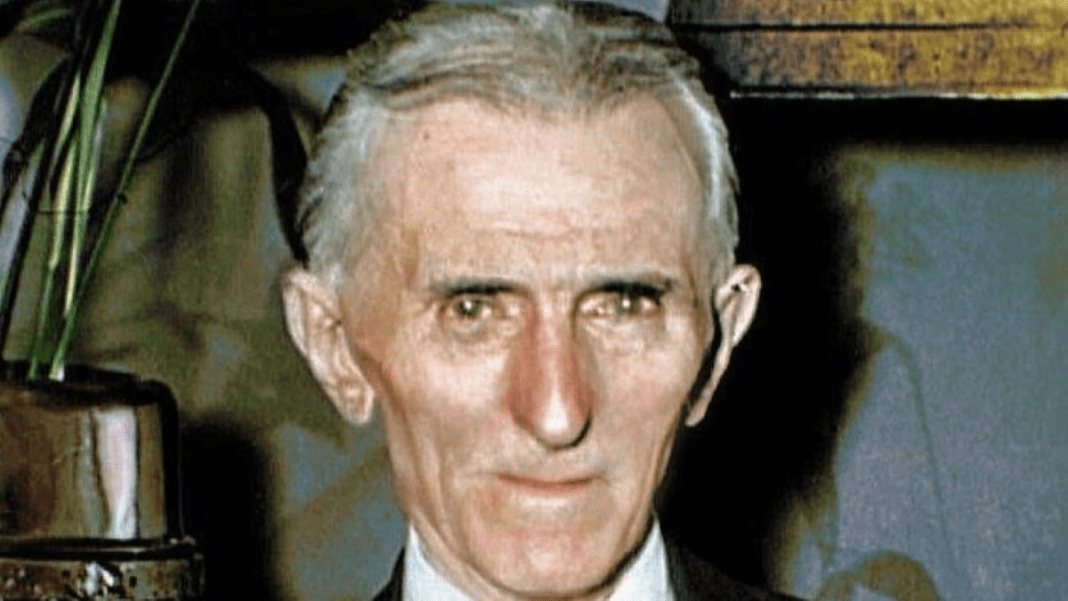INDIA: In 1891, the brilliant inventor and engineer Nikola Tesla envisioned a world powered wirelessly without wires or cables.
Nikola Tesla’s dream was to create a system to transmit energy through the air, using the Earth’s natural magnetic field as a conductor.
Nikola Tesla based his original idea for wireless energy transmission on his discovery of resonant electrical circuits, which could transmit electricity over long distances without wires or cables.
He believed that if he could create a device that could generate powerful electrical vibrations at a specific frequency, sending energy wirelessly through the Earth’s atmosphere would be possible.
Nikola Tesla spent several years developing his wireless energy transmission system, which he called the Wardenclyffe Tower.
The tower was massive, over 180 feet tall, and designed to generate and transmit electrical energy wirelessly to homes and businesses over a radius of several miles.
Unfortunately, Nikola Tesla’s dream was never fully realised. The Wardenclyffe Tower was only partially completed, and Tesla’s financial backers withdrew their support before the project
Despite the setback, Tesla continued to work on his wireless energy transmission concept for the rest of his life.
Scientists and engineers worldwide are exploring Tesla’s wireless energy transmission idea again.
Advances in technology have made it possible to create smaller, more efficient devices that can generate and transmit electrical energy wirelessly over much greater distances.
Renewable energy is one of the most promising applications of Tesla’s wireless energy transmission concept.
Solar panels and wind turbines generate electricity, but they require a network of wires and cables to transport that energy to where it is needed.
Wireless energy transmission could send renewable energy directly to homes and businesses without expensive infrastructure.
Another potential application for Tesla’s wireless energy transmission technology is in the field of transportation.
Electric cars are becoming increasingly popular, but they still require charging stations and cables to recharge their batteries.
With wireless energy transmission, users can charge electric cars without using wires as they drive down the road, eliminating the need for charging stations and cables.
Despite the many potential benefits of wireless energy transmission, significant challenges also need to be overcome.
One of the biggest challenges is developing efficient devices that can wirelessly generate and transmit electrical energy over long distances without losing too much power.
However, with continued research and development, Tesla’s dream of wireless energy transmission will eventually become a reality.
In the not-too-distant future, we may see a world powered wirelessly, with energy transmitted through the air from renewable sources directly to our homes, businesses, and even our vehicles.
Also Read: Pigeonhole Principle: A Mathematical Concept with Practical Applications



